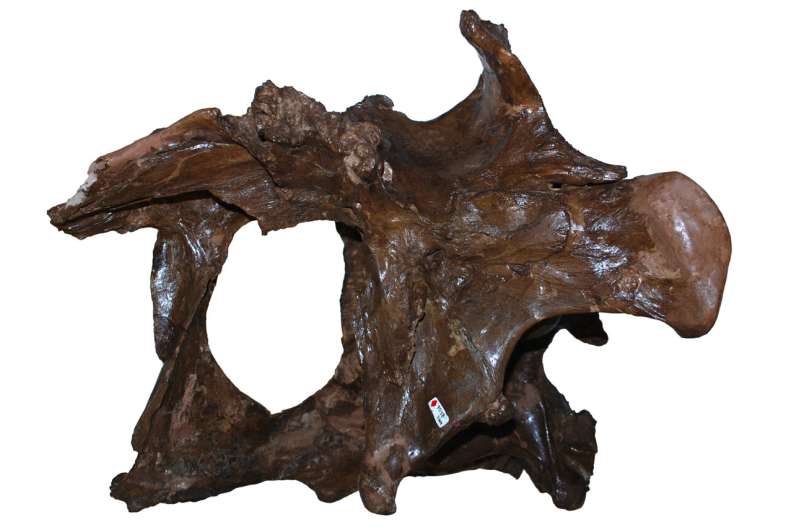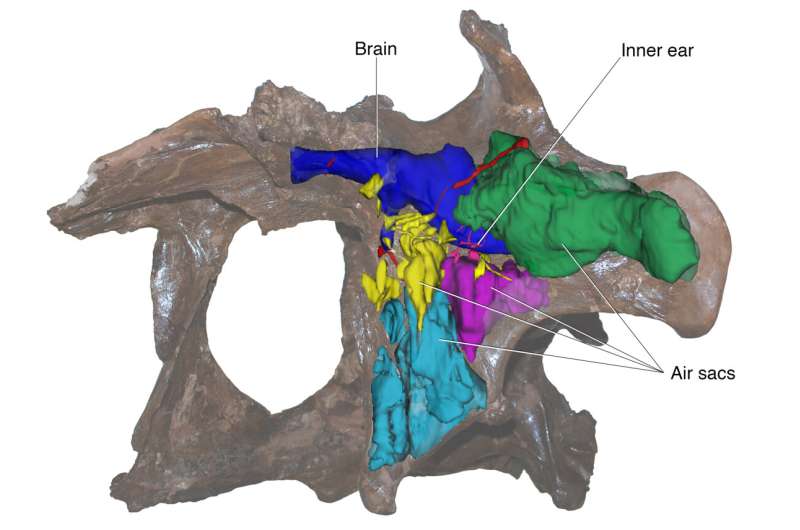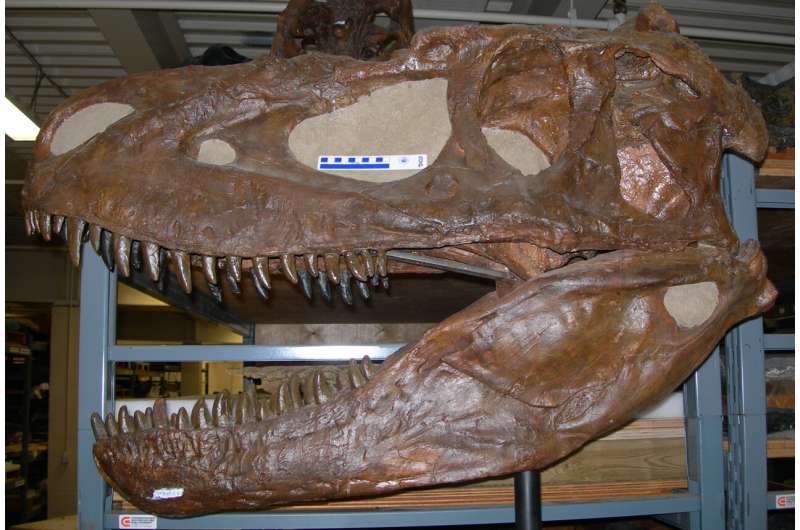Column: Hoping for the best isn’t enough for our future
In Plain View by Lachlan Labere
Hope for the best, prepare for the worst.
I’m hearing this a lot as we try to get through one of the hottest, driest, smoke-filled wildfire seasons (aka summer) in recent memory.
Amid this, we’ve learned we’re being thrown into another federal election.
Prime Minister Justin Trudeau says he’s seeking a new mandate from Canadians.
Whoever is elected to lead the country, let’s hope they give more weight to preparing for the worst.
As I write this column, the wildfire smoke-filled sky has turned a discomforting orange-yellow-brown hue. It’s 30 C and the outside air quality index (AQI) rating is 203. Good air quality has an AQI rating from 0 to 50.
I expect, for many, concern around air quality is secondary to the cause: the 270 wildfires burning in the province (as of Aug. 15). A priority for the BC Wildfire Service (BCWS) was the 62,273-hectare White Rock Lake wildfire.
Mark Healey, the BCWS incident commander for the White Rock Lake fire, recently said this has been the most volatile season he’s ever seen, calling it not a wildfire season, but a catastrophic event.
Let that set in. He’s not talking about one specific incident, one particular fire. He’s talking about the summer as a whole, no doubt starting with the “heat dome” in late June that shattered temperature records and was linked to the death of more than 700 people in B.C. Other wildfire related tragedies have occurred since, including the losses at Lytton and destruction at Monte Lake.
Wildfires are currently ravaging other parts of the country and the world. The fire situation in Greece has been referred to as a “natural disaster of unprecedented proportion.” In total, wildfires burning in Siberia are said to be greater in size than all the other wildfires currently burning on the earth combined.
Though wildfires have occurred historically, this year’s in particular are said to have been exacerbated by human-caused global warming. In a recent report, the United Nation’s Intergovernmental Panel on Climate Change (IPCC) paints a bleak picture, warning extreme weather will be more frequent. In addition to taking immediate action to limit greenhouse gas emissions, the IPCC said we also need to invest in climate adaptation. You know, prepare for the worst.
I don’t expect going to the polls ranks high right now among British Columbians. But it is an opportunity to make sure politicians know what needs to be done. Taking action as recommended by the IPCC likely won’t stop wildfires from happening in coming years, but it’s better to do something with hope for the future, than do nothing and hope for the best.

The B.C. forestry sector has been fighting wildfires since early July, according to both industry and the BC Wildfire Service, despite what a leaked document circulating online suggests.
The provincial government is responding to leaked meeting minutes, detailing a call on July 12 between BCWS and several forestry companies that suggests B.C. was in desperate need of resources to fight fires at the time.
“Need every available resource. All BCWS people are working,” said the minutes, which first surfaced in an independent documentary on those who disobeyed evacuation orders in Paxton Valley to fight the White Rock Lake fire.
“Will rent fire equipment from industry if you are not using it,” the minutes continue. “Very limited air support available.”
At the meeting, BCWS discussed with forestry companies that there were no additional resources available in neighbouring jurisdictions due to severe fire seasons elsewhere, so industry help was needed.
What isn’t mentioned in the meeting minutes — which have sparked outrage among those who allege bureaucracy is strangling the wildfire service — is forestry companies had already been actively fighting fires for at least a week at that time.
BCWS director of fire centre operations Rob Schweitzer told Castanet Thursday the meeting was a routine one held every few months between the province and forest industry. He says he told industry at the meeting that provincial resources would be focused on protecting communities and infrastructure, and B.C. could use help fighting backcountry blazes impacting timber.
Schweitzer said forestry companies had been fighting fires since the “beginning of July.” That is corroborated by Tolko, which told Castanet News Wednesday night they have been actively fighting fires since July 5.
“I'm happy to say this group of either major licensees or independent contractors across the province have literally stopped their operations for the last six, seven weeks, and have come to support the wildfire effort both in the backcountry, as well as in and around the communities that they live and work,” Schweitzer said, adding some companies have lost equipment on the fire lines.
Since the Chapman review of the 2017 fire season, Schweitzer says BCWS has relied heavily on forestry companies to fight fires, particularly in the early stages of a wildfire when industry will attempt to hold the blaze prior to provincial resources arriving.
Schweitzer said logging companies manage those fires under “limited supervision,” which means “having our staff coming out there from time to time, just helping provide the objectives, making sure everything is being done safely.”
Schweitzer also pushed aside suggestions that the meeting minutes from July 12, which were generated by a forestry group, meant outside resources should have been requested sooner. The request for federal assistance went out on July 5, he said, and discussions were underway internally for a provincial state of emergency that would eventually be declared on July 20.
“What we felt leading up to the decision by government to actually declare [the state of emergency] was we were getting access to all available resources. The state of emergency wasn't going to give us any necessarily increase or benefit because of the partnerships that we had already formed with the forest industry, with fire departments and local governments across the province and with the federal government in getting that military assistance. So we were satisfied that we were seeing those resources coming, the resources that were available,” Schweitzer said.
Forestry companies free to fight fires
The White Rock Lake wildfire was discovered on July 13, the day after the meeting between Schweitzer and the forest industry. There have been allegations that BCWS told forest crews and ranchers to stand down and not fight the fire at its outbreak. Schweitzer says that is simply not true, and nobody was ever told to stand down.
“And in fact, as we've seen throughout this season, myself personally has worked with the cattlemen to actually lean on and utilize the ranching community for their local knowledge, their local equipment to actually assist us in some of the wildfires, the same thing with the forest industry,” he said.
BCWS has previously said their initial attack team was on site 30 minutes after the fire was started.
Schweitzer explained that forestry companies do not need to get approval from the provincial government to fight a new wildfire start, and in fact, they are legally required to attempt to suppress any new starts within one kilometre of their logging operations.
Tolko told Castanet this week their crews have been involved in fighting the White Rock Lake, Sugar, Morgan, Mabel, McKinley, Big Stick, Deka and Canim fires.
“Along with coordinating activities for contractors and providing services like danger tree assessments, Woodlands staff have provided equipment like dozers, excavators, bunchers, and skidders,” Tolko said in a statement.
In a separate statement, the BC Council of Forest Industries said its members have been working closely with the government to suppress fires.
Schweitzer, meanwhile, is asking residents in fire ravaged regions to look out for each other.
"There has been a lot of impact, the fire season’s not over, and really we do want to see that level of empathy across the province for one another and our crews that are doing their best on the fire line.”
‘This memo is damning’: Kamloops MLA outraged over lack of firefighting resources

The Newcomb brothers stayed behind and have been putting out
By Chad Klassen
KAMLOOPS — The provincial government is facing some serious questions after a leaked memo pointed to an extreme fire season and a lack of resources that wouldn’t be able to keep up.
It forced residents Dan Newcomb and his brother David to feel they needed to stay behind and work tirelessly to put out hot spots. They are working near Monte Lake on the White Rock Lake wildfire.
“We are running around doing spot fires. It’s really good today. After the rain, it really settled things down, but after [the B.C. Wildfire Service] did the backburn — we’re on the northeast end of the guard up Ivor Road — there was a lot more spot fires. We’ve had a lot of guys running around with totes putting things out,” said Newcomb.
They’ve been there basically since the fire ignited July 13. They felt they had no choice but to stay behind with what they felt was a lack of firefighting resources.
“There was no support to begin with. It’s been said many times, but in Paxton Valley there was no structural support. No one came through,” Dan noted.
So it’s no surprise to the Newcomb brothers that a memo sounded the alarm bells about a shortage of personnel and a warning about an extreme fire season.
The memo is dated July 12 — a day before the White Rock Lake fire started. It was written by a member of the forest industry after a conference call that included the B.C. Wildfire Service.
Kamloops-South Thompson MLA Todd Stone feels it contradicts what the provincial government has been saying about being prepared for the fire season.
“The government has been spreading misinformation about the level of resources that have been made available to the B.C. Wildfire Service,” said Stone. “This memo is damning. It clearly states that the B.C. Wildfire Service does not have the firefighters they need, the equipment they need, the air support they need.”
Stone says it proves that Monte Lake and Paxton Valley residents were right to stay behind to fight the fire.
“People up there impacted have been made to feel like they’ve been irresponsible, that they don’t know what they’re talking about, that they’ve been making up stuff,” said Stone. “And it turns out that it’s actually the government — the Premier [John Horgan] and the Minister [Mike Farnworth] in particular — who have been doing exactly that.”
Stone says he hears from local contractors every week who have the equipment and are ready to help.
“Whether those are fire suppression systems, structural protection units, water curtain systems, similar to what saved, in part, Logan Lake,” said Stone.
Farnworth responded, “Over 1,000 contractors working on the fires in British Columbia, and to suggest the wildfire service has been leaving resouces idle in other provinces is simply false and not true.”
Meantime, the Newcomb brothers would love to be compensated for the equipment and water they’re using to keep the White Rock Lake fire from reigniting around Monte Lake.













